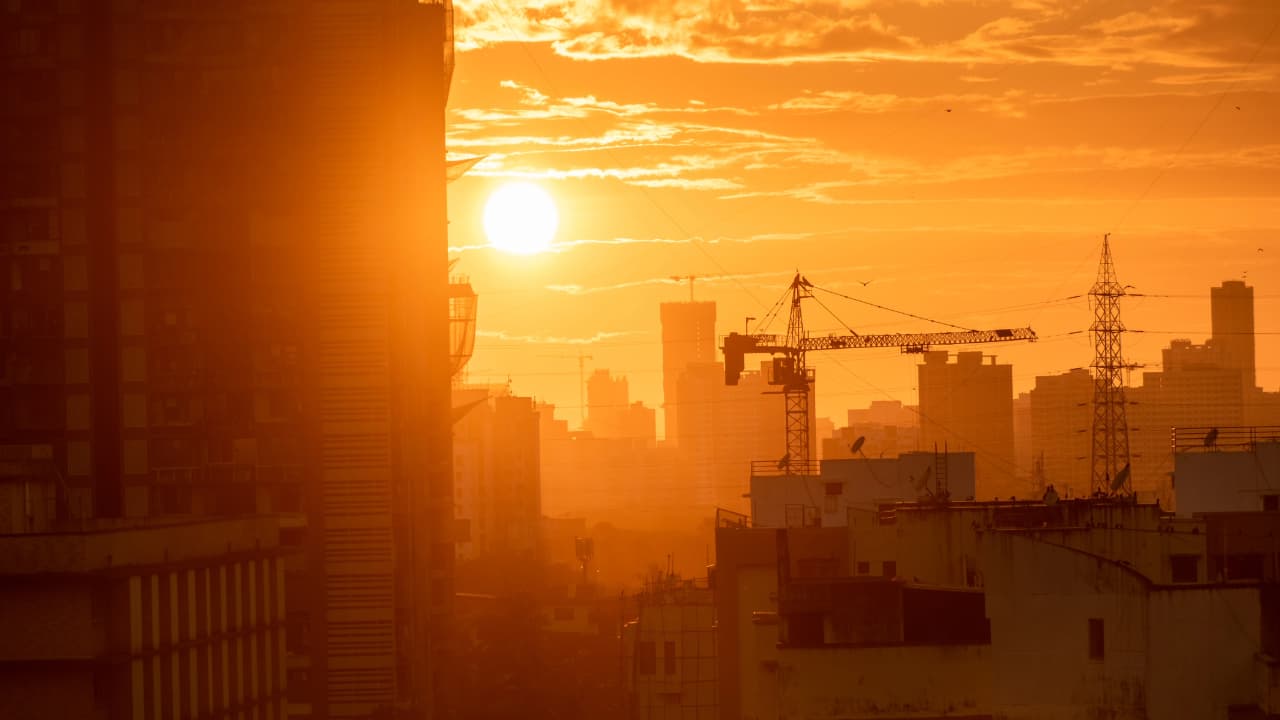The UN warns 2025 will be one of the top 3 hottest years, fueled by record greenhouse gases. Learn why the 1.5°C target is at risk and what it means for us.
The United Nations has issued a warning that 2025 is expected to be among the three hottest years ever recorded. This comes after a period of extreme heat that has lasted over a decade. Scientists are concerned about the situation, but they also believe it is not too late to make changes.
According to the World Meteorological Organization, 2025 is likely to be the second or third warmest year since temperature records began. While it may not surpass 2024, which holds the current record, it continues a dangerous trend of increasing global temperatures.
At the same time, levels of greenhouse gases such as carbon dioxide and methane have reached new records. These gases trap heat in the atmosphere, so even if emissions were to stop immediately, the planet would continue to warm for years. These findings were shared just as world leaders were meeting in the Amazon region of Brazil, ahead of the upcoming COP30 climate summit.
Struggling to Meet the 1.5°C Target
Celeste Saulo, the head of the WMO, told leaders in Belem that the latest data shows it is “virtually impossible” to keep global warming below 1.5°C above pre-industrial levels in the coming years without temporarily going over that target.
The goal of keeping warming below 1.5°C was established by the 2015 Paris Agreement, with the aim of preventing the most severe impacts of climate change. Saulo emphasized that although the current outlook is bleak, it is still possible to bring temperatures back down by the end of the century if the world takes urgent action.
A Decade of Heat
The WMO confirmed that every year from 2015 to 2025 ranks among the warmest since modern temperature records started 176 years ago. The years 2023, 2024, and 2025 are among the top of that list.
During the first eight months of 2025, the average surface temperature, measured about two metres above the ground, was 1.42°C higher than the pre-industrial average. This temperature rise is driven not only by greenhouse gases in the atmosphere but also by an increase in heat stored in the world’s oceans. Warmer oceans can lead to stronger storms, disrupt marine ecosystems, and make it harder for the Earth to absorb carbon dioxide.
The UN Environment Programme also reported that global greenhouse gas emissions increased by 2.3% last year, with the largest rises coming from India, followed by China, Russia, and Indonesia.
Visible Signs of Change
In the Arctic, sea ice reached its lowest level on record during winter, and in the Antarctic, sea ice levels remained well below average throughout the year. At the same time, extreme weather events are becoming more frequent and intense. In just the first eight months of 2025, the world has experienced devastating floods, extreme heatwaves, and massive wildfires.
Preparing for the Future
The WMO noted that despite these challenges, there has been progress in preparing for climate-related risks. The number of countries with early warning systems for extreme weather events has more than doubled since 2015, increasing from 56 to 119. These systems help save lives by giving communities advance warning before disasters occur.
UN Secretary-General António Guterres described the world’s failure to meet climate goals as a “moral failure” and urged leaders to take decisive action. Scientists agree that what happens next depends entirely on the decisions being made now, and those decisions will shape the future of the planet for generations.
